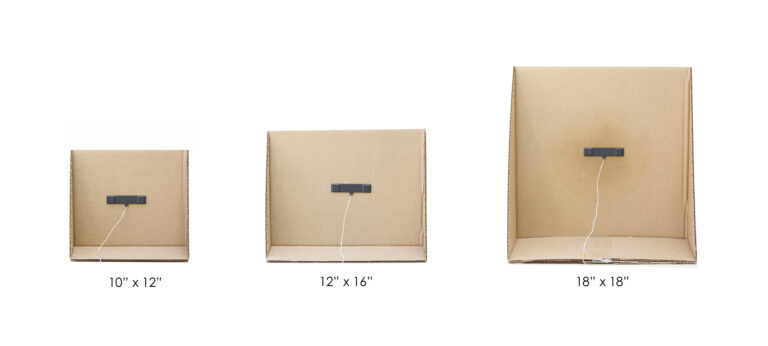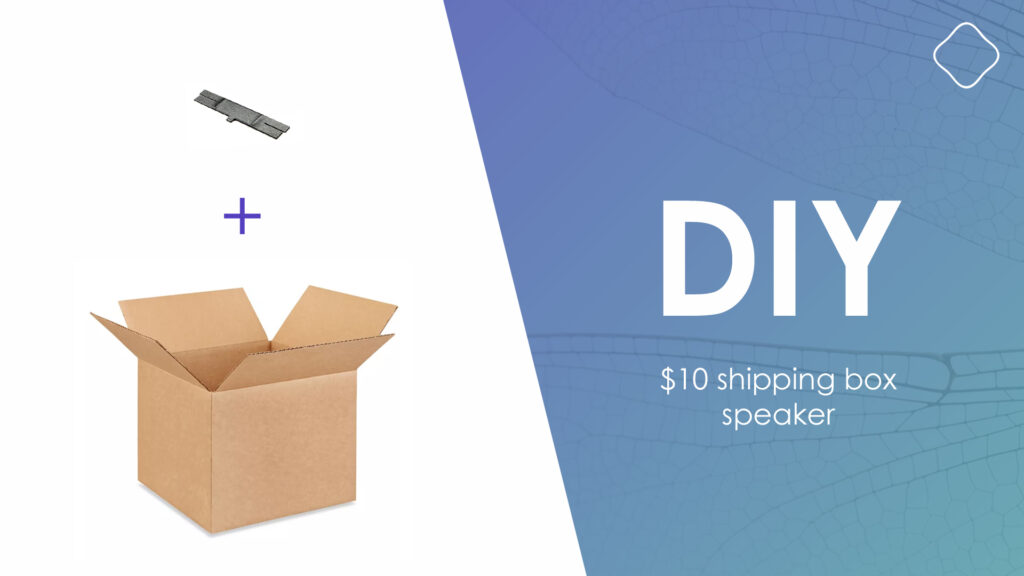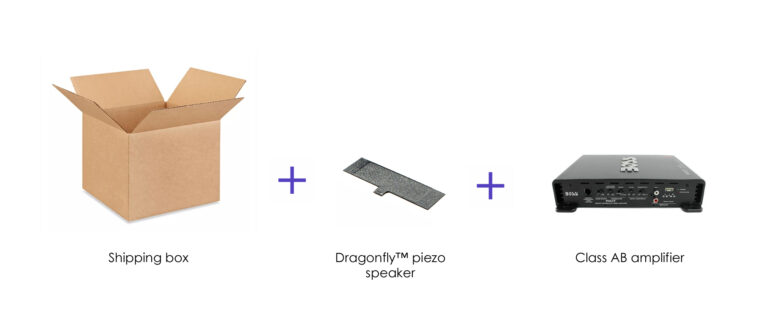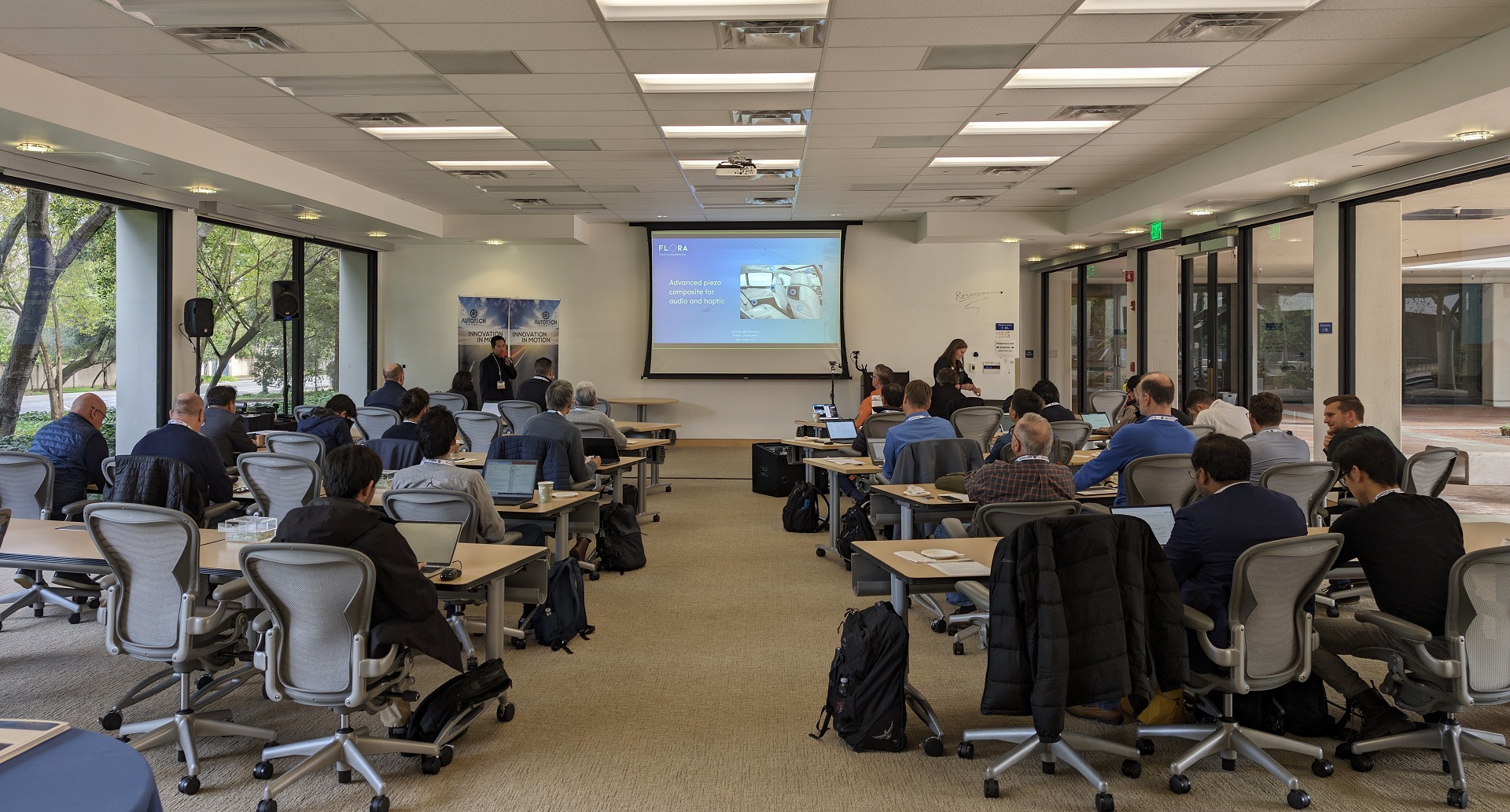Introduction
In this post, we’re diving into an exciting DIY speaker project that will turn an ordinary shipping box into an extraordinary audio device using piezo exciters/transducers. Join us as we explore the step-by-step process of creating this remarkable speaker, delivering a full range frequency response from 80-20 kHz. Whether you’re a DIY enthusiast or an audio aficionado, this project is sure to ignite your creativity and immerse you in a captivating audio experience. Get ready to unleash the potential of a simple shipping box and embark on an extraordinary journey into the world of DIY speakers.
Material
1. Shipping box
A single wall, B-fluid shipping box is perfect (though any regular shipping box should also work). Ideally, opt for boxes that closely resemble a cubic shape, but feel free to experiment with various sizes, thicknesses, and structures.
Cost: Less than $2.
2. Piezo exciter / speaker
Model: Dragonfly model DRA10022-S2.
Cost: $10-20 (depending on the volume).
3. Amplifier
BOSS Riot R1100M. Please note any other class A, AB audio amplifier should work. Also, some high-quality class D amplifiers can be suitable.
Cost: Cost $65 on Amazon.
Step-by-step building process
The assembly process is incredibly swift and straightforward. Begin by removing the rear wall of the box, allowing the speaker to benefit from the sound waves emitted from its back side. Three-fourths of the side walls are also removed, leaving one-fourth intact to provide stability for the box when standing. These remaining side walls also serve as baffles, enhancing the speaker’s low-frequency (bass) response.
As the Dragonfly™ piezo exciter comes with pre-applied double-sided tape, simply peel off the liner and affix it to the rear side of the remaining wall. And voila! Your DIY speaker is ready to go.
Result and Discussion

To gauge the speaker’s performance, we experimented with three different box sizes: 10″x12″ (small), 12″x16″ (medium), and 18″x18″ (large). Using a smartphone, we played the same song and recorded the audio from each setup.
Small box
Medium box
Large box
To evaluate the audio performance of the boxes, we used REW software to measure the sound pressure levels (SPL) in a regular listening room. The measurements were taken without any equalization applied to the audio signal. The results are shown below.

Across all box sizes, we observed a full range of frequency response from 80 to 20 kHz. However, the larger box demonstrated an extended frequency response, particularly in the low-frequency range. This aligns with our expectations for improved audio performance. The larger box offers a slightly warmer sound and a better sound stage with enhanced bass.
Overall, the shipping box speakers delivered exceptional sound quality with a clear and transparent audio experience that rivals, and in some cases surpasses, that of high-quality conventional electrodynamic speakers. The lightweight and rigid nature of cardboard makes it a highly promising material for flat panel DIY speakers.
Conclusion
By following this DIY guide, you have unlocked the door to an extraordinary audio adventure. With just a simple shipping box and the Dragonfly™ piezo exciter, you can create a remarkable flat panel speaker that rivals the performance of commercial electrodynamic options. The beauty of this project lies not only in its affordability but also in the endless possibilities for customization and exploration. Stay turn for more project like this!









